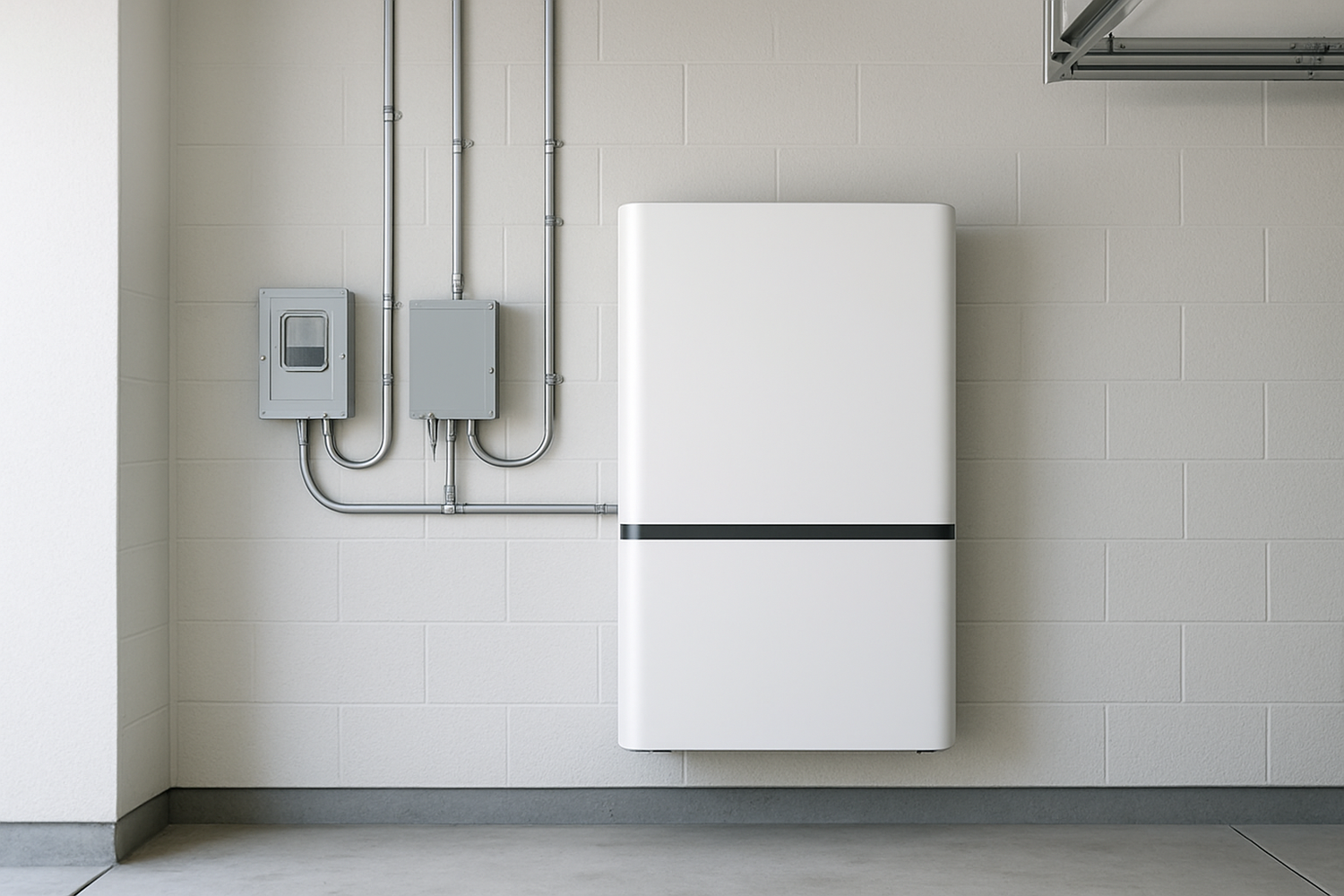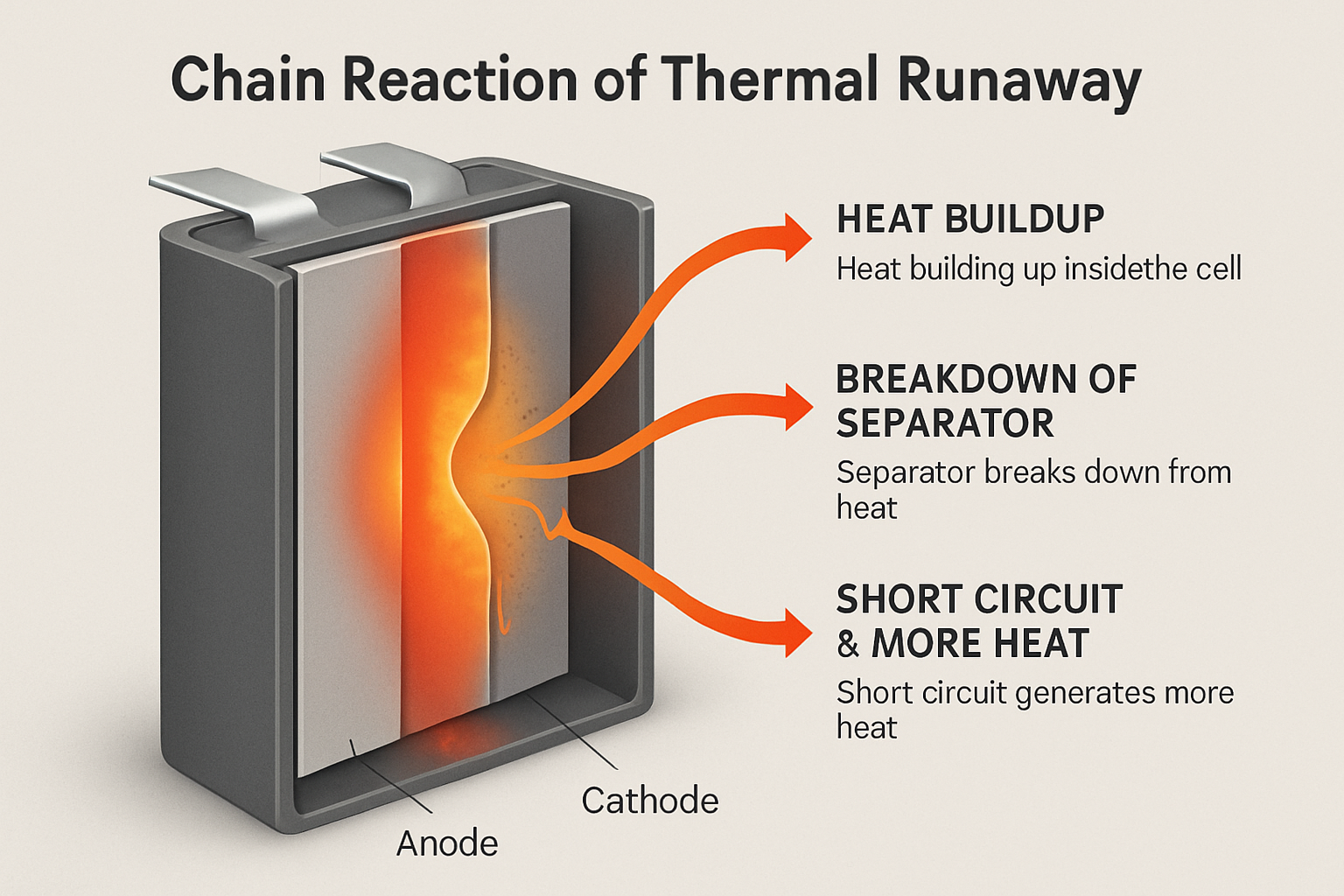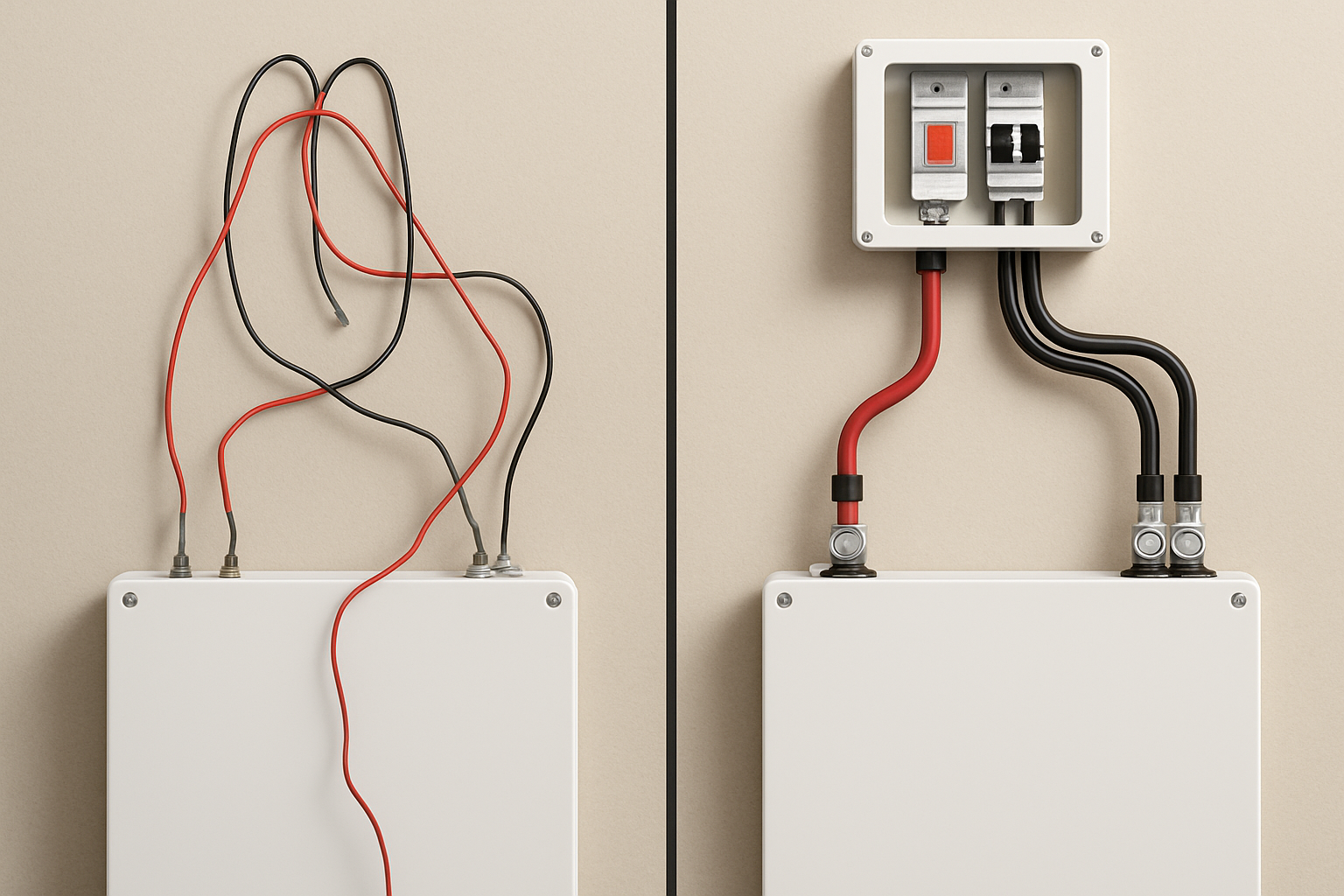Home energy storage is transforming how we power our lives. By storing solar energy, these systems provide backup power during outages and can help reduce electricity bills. As you embrace energy independence, understanding the principles of battery safety is fundamental. A well-maintained system is a safe system, giving you peace of mind along with reliable power.
This guide provides a thorough overview of residential battery system safety. We will cover everything from selecting the right components and ensuring proper installation to performing routine maintenance and adopting safe usage habits. Our experience in the solar and energy storage industry has shown that an informed homeowner is the safest kind of homeowner.
Choosing the Right Foundation: Safe Battery Chemistry and Quality Components
The safety of your energy storage system begins with its core components. The type of battery chemistry you choose and the quality of its manufacturing have a significant impact on its overall safety profile.
Why Chemistry Matters for Residential Battery System Safety
While various battery technologies exist, Lithium Iron Phosphate (LiFePO4) has emerged as a preferred choice for residential applications due to its remarkable stability. Unlike other lithium-ion chemistries, LiFePO4 batteries have a more stable molecular structure, making them far less prone to thermal runaway—a condition where a battery overheats uncontrollably. This inherent chemical stability provides a crucial layer of safety for your home. For those weighing their options, it's helpful to compare chemistries directly. You can learn more in our detailed analysis, LiFePO4 vs. Lithium-Ion: Which Is Safer for Your Home?
At ANERN, we focus on LiFePO4 technology for our lithium batteries and integrated home energy storage systems, prioritizing this stability to deliver reliable and secure power solutions.
Understanding Certifications and Standards
Reputable battery systems are tested rigorously to meet strict safety standards. When selecting a system, look for certifications like UL 9540, which covers the entire energy storage system (including the battery, inverter, and control systems), and UL 1973 for the battery packs themselves. These certifications ensure the product has passed tests for electrical and fire safety. Choosing a certified system from an established manufacturer is a critical step in ensuring your system is built for safety and longevity.
The Critical Step: Homeowner Battery Installation Best Practices
Proper installation is one of the most important factors in ensuring long-term battery safety. A flawed installation can undermine the safety features of even the highest-quality system. This is an area where professional expertise is indispensable.
Why Professional Installation is Non-Negotiable
Installing a home battery system involves working with high-voltage electricity, which presents significant risks of electrical shock and fire if handled improperly. A qualified installer understands local building codes, permitting requirements, and the specific technical needs of the system. They ensure all electrical connections are secure and that the system is integrated safely with your home's electrical panel and, if applicable, your solar array. Attempting a DIY installation without the proper training and tools can lead to dangerous errors. For a deeper look at common installation pitfalls, see our article on Stop These Mistakes in Battery Energy Storage System Safety.
Disclaimer: The information provided here is for educational purposes only. Always consult with a qualified and certified professional for the installation and servicing of your energy storage system. This content does not constitute professional installation advice.
Selecting the Right Location
The physical location of your battery system is crucial for both safety and performance. An ideal location helps maintain the battery within its optimal operating temperature range and protects it from physical damage.
| Location Criteria | Recommendation | Reasoning |
|---|---|---|
| Temperature | Stable, moderate temperatures. Avoid areas with extreme heat or cold. | Extreme temperatures can degrade battery health, reduce lifespan, and create safety risks. |
| Ventilation | Well-ventilated area. | Proper airflow helps dissipate heat generated during charging and discharging. |
| Moisture | Dry location, away from potential water sources like pipes or flood zones. | Water and electronics are a dangerous combination, leading to short circuits and damage. |
| Accessibility | Clear, unobstructed access for maintenance. | Technicians need to be able to safely inspect and service the unit. |
| Proximity | Away from living spaces (e.g., bedrooms) and flammable materials. | This is a precautionary measure to minimize risk to occupants in the unlikely event of a system failure. |
Ensuring Proper System Integration
A safe system is a well-integrated one. This means the battery, solar inverter, and solar panels all work together seamlessly. Modern energy storage solutions, like ANERN's integrated ESS, are designed as a complete package. This ensures that the components are perfectly matched and managed by a central controller, optimizing both performance and safety. The U.S. Department of Energy highlights that integrated systems with features like galvanic isolation can improve fault tolerance, allowing a system to isolate an issue without shutting down completely. This level of control is a key safety advantage of professionally designed systems.
Ongoing Vigilance: Battery Maintenance and Monitoring
Once your system is installed, ongoing awareness and simple maintenance routines will keep it operating safely for years. Modern systems require minimal intervention, but a few key practices are important.
Routine Visual Inspections
A simple visual check on a regular basis can help you spot potential issues before they become serious. We recommend a quick inspection once a month. This is one of the simplest yet most effective 7 Essential Safety Checks for Your Home Energy Storage you can perform.
- Check for Damage: Look for any signs of physical damage to the battery casing, inverter, or wiring.
- Keep it Clean: Ensure the unit and the surrounding area are free of dust, debris, and clutter that could restrict airflow.
- Look for Leaks or Corrosion: Although rare with sealed LiFePO4 batteries, any sign of leakage or corrosion on terminals should be addressed immediately by a professional.
- Verify Connections: Visually inspect that all external wiring appears secure and has not been disturbed.
Understanding Your Battery Management System (BMS)
The Battery Management System (BMS) is the brain of your battery pack. It's an essential safety feature that works constantly in the background. The BMS is responsible for:
- Preventing Overcharging and Over-discharging: It stops the flow of electricity once the battery is full or reaches its minimum safe charge level.
- Temperature Monitoring: It tracks cell temperatures to prevent overheating. If temperatures exceed safe limits, the BMS can shut the system down.
- Cell Balancing: It ensures all the individual cells within the battery pack are at a similar state of charge, which improves performance and lifespan.
You don't need to interact with the BMS directly, but understanding its role helps you appreciate the built-in safety of your system. You can explore more about this topic in The Homeowner's Guide to Residential Energy Storage Safety.
Smart Usage: Safe Charging and Discharging Habits
How your system is used day-to-day also plays a role in its long-term health and safety. Modern systems automate much of this, but it's good to understand the principles.
The Importance of Smart Charging
Smart charging involves managing the charging process to protect the battery and support the electrical grid. According to the International Renewable Energy Agency (IRENA), uncontrolled charging can lead to grid strain. While this report focuses on electric vehicles, the principle applies to home storage. A smart system, like an integrated solar ESS, will prioritize charging from solar during the day. This slow, steady charging is gentler on the battery than rapid charging from the grid. This intelligent management not only enhances safety but also maximizes your use of clean solar energy.
Recognizing Warning Signs
In the rare event of a problem, your system will likely provide a warning. It's important to know what to look for so you can take appropriate action.
- Unusual Noises: Any loud humming, buzzing, or clicking sounds from the battery or inverter should be investigated.
- Strange Odors: A strong, sharp chemical smell could indicate a problem.
- Overheating: While it's normal for the inverter to feel warm, the battery unit itself should not be hot to the touch.
- System Alerts: Pay attention to any error codes or warnings on the system's monitoring app or display.
If you notice any of these signs, contact your installer or the manufacturer's support line. Do not attempt to open or service the unit yourself. Understanding the risks, such as those detailed in our article on Understanding Thermal Runaway in Home Energy Storage Systems, underscores the importance of professional service.
Building Confidence in Your Energy Future
A home battery system is a powerful tool for achieving energy independence and resilience. By prioritizing safety from the very beginning—through careful selection, professional installation, and mindful ownership—you ensure your system is a reliable and secure asset for your home. The combination of advanced LiFePO4 chemistry, certified components, and intelligent system management provides multiple layers of protection. With these best practices in place, you can confidently enjoy the benefits of your own clean energy source for many years to come.





Leave a comment
All comments are moderated before being published.
This site is protected by hCaptcha and the hCaptcha Privacy Policy and Terms of Service apply.